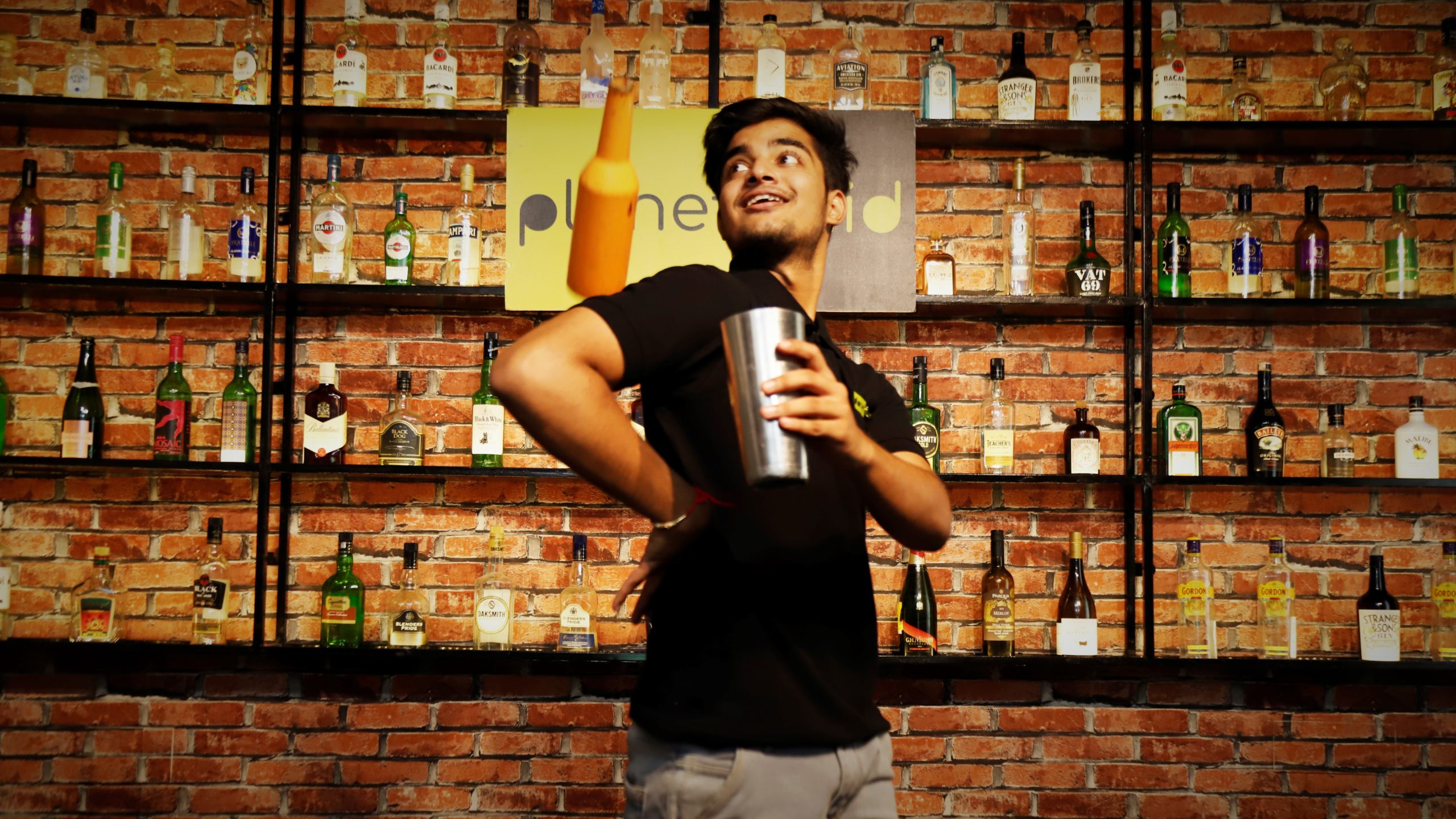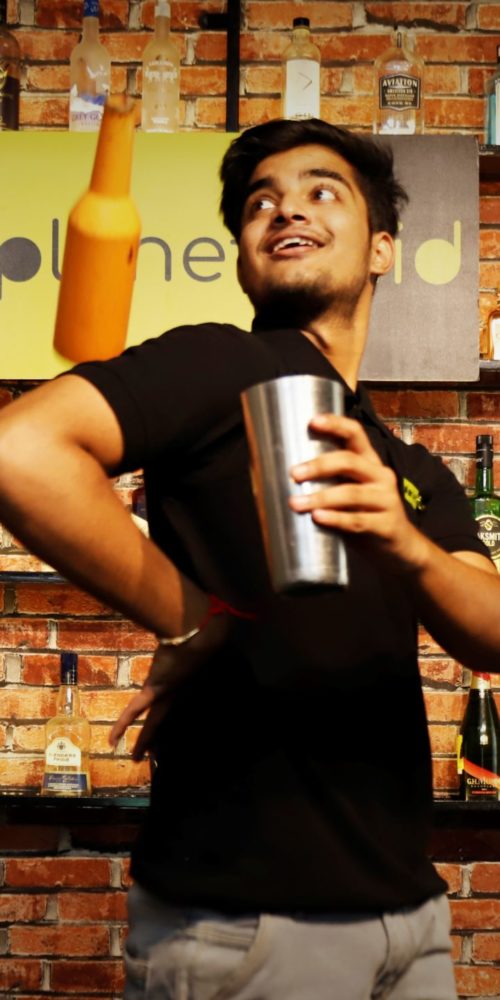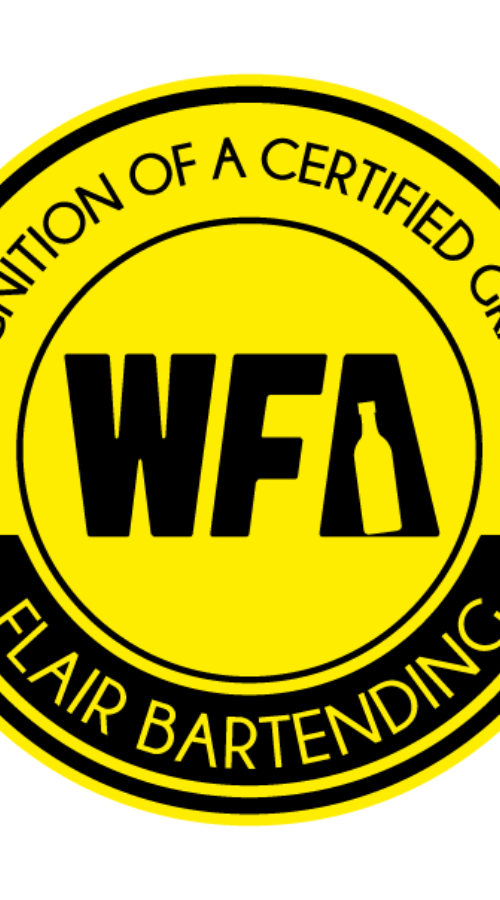Depending on the institution or organization conducting the program, several training materials may be included in a bartending course. I can provide you a general overview of the kinds of resources frequently utilized in bartending training programs.
- Bartending Manuals/Textbooks: These are comprehensive guides that cover various aspects of bartending, including drink recipes, mixology techniques, bar setup, customer service, and responsible alcohol service. They often provide information on different types of beverages, glassware, garnishes, and bar equipment. Examples of popular bartending manuals include “The Bartender’s Bible” by Gary Regan and “The Craft of the Cocktail” by Dale DeGroff.
- Drink Recipe Guides: These resources typically contain a wide range of cocktail recipes categorized by spirit type or cocktail category. They provide instructions on how to make each drink, including the ingredients, measurements, mixing techniques, and garnishes. Some popular drink recipe guides include “Mr. Boston Official Bartender’s Guide” and “Difford’s Guide: 365 Days of Cocktails.”
- Online Courses: Many bartending courses training institute in Pune, Goa now offer online courses, which may include video lectures, demonstrations, and interactive modules. These courses cover topics such as mixology techniques, drink preparation, bartending etiquette, customer service skills, and responsible alcohol service. Online platforms like Udemy, Coursera, and Skillshare may offer bartending courses.
- Web Resources and Blogs: Numerous websites and blogs dedicated to bartending provide valuable information and resources for aspiring bartenders. These resources often include drink recipes, bartending tips, techniques, and articles on industry trends. Popular bartending websites include Liquor.com, The Spruce Eats, and Difford’s Guide.
- Practical Training Materials: In addition to theoretical resources, bartending training programs typically include practical training materials. These may include mock bar setups or stations where students can practice their mixing and pouring skills. Hands-on experience with bar tools, glassware, and various ingredients is crucial in developing bartending proficiency.
It’s important to note that the specific materials provided may differ from program to program. Some bartending schools may offer their own proprietary textbooks or learning materials, while others may combine a mix of published resources and in-house training materials.
Bartending Manuals/Textbooks:-
Bartending manuals and textbooks are commonly used in bartending training programs to provide comprehensive information and guidance to aspiring bartenders. These resources cover various aspects of bartending, including drink recipes, mixology techniques, bar setup, customer service, and responsible alcohol service. Here are a few examples of popular bartending manuals and textbooks:
- “The Bartender’s Bible” by Gary Regan: This book is considered a classic in the bartending world and provides a wealth of information on drink recipes, techniques, and bar management. It covers everything from basic cocktails to more advanced mixology concepts.
- “The Craft of the Cocktail” by Dale DeGroff: Written by a renowned mixologist, this book delves into the art and science of crafting cocktails. It includes detailed recipes, historical background, and insights into the ingredients and techniques used in mixology.
- “Death & Co: Modern Classic Cocktails” by David Kaplan, Nick Fauchald, and Alex Day: This book is based on the renowned Death & Co cocktail bar in New York City. It showcases a collection of innovative and classic cocktail recipes, along with tips on presentation, garnishes, and bar service.
- “The PDT Cocktail Book” by Jim Meehan: Authored by the former head bartender of the famed PDT (Please Don’t Tell) cocktail bar, this book features a curated selection of cocktail recipes, as well as information on bar tools, techniques, and the history of various spirits.
- “Liquid Intelligence: The Art and Science of the Perfect Cocktail” by Dave Arnold: This book explores the science behind cocktail making, covering topics such as ice, temperature, emulsions, and the role of various ingredients. It is a more technical resource that delves into the chemistry and physics of mixology.
These are just a few examples, and there are many other bartending manuals and textbooks available in the market. Bartending schools or training programs may choose to incorporate one or more of these resources, depending on their curriculum and teaching approach.
Drink Recipe Guides:-
Drink recipe guides are an essential component of bartending training programs as they provide a comprehensive collection of cocktail recipes and serve as a reference for bartenders. Here are a few examples of drink recipe guides commonly used in bartending training programs:
- “Mr. Boston Official Bartender’s Guide”: This guide has been a trusted resource for bartenders for many years. It features a wide range of cocktail recipes, including classics, contemporary creations, and variations. It often includes information on glassware, garnishes, and mixing techniques.
- “Difford’s Guide: 365 Days of Cocktails”: Compiled by Simon Difford, this guide offers a cocktail recipe for every day of the year. It covers a vast array of drink categories, from well-known classics to unique and inventive concoctions. The guide provides detailed recipes with ingredient measurements and instructions.
- “The Ultimate Bar Book: The Comprehensive Guide to Over 1,000 Cocktails”: Written by Mittie Hellmich, this guide includes a vast collection of cocktail recipes covering various spirits, flavors, and styles. It also provides useful tips on bar setup, tools, glassware, and garnishing techniques.
- Online Platforms and Apps: Bartending training programs may incorporate online resources and apps that offer extensive drink recipe databases. Platforms like Liquor.com, The Spruce Eats, and Difford’s Guide have websites and mobile apps that provide a vast collection of recipes, along with instructional videos, articles, and bartending tips.
It’s worth noting that bartending training programs may use a combination of printed drink recipe guides and online resources to ensure students have access to a diverse range of recipes. Additionally, some bartending programs may develop their own curated recipe guides specific to their curriculum or style of bartending.
Practical Training Materials:-
Practical training materials are crucial in bartending training programs as they allow students to develop hands-on skills and proficiency in a bar environment. Here are some examples of practical training materials commonly used in bartending training programs:
- Bar Stations: Training programs often have dedicated bar stations or setups where students can practice their bartending skills. These stations mimic a real bar environment and include essential equipment such as bar counters, speed rails, bar sinks, refrigeration units, and glassware.
- Bar Tools: Bartending programs provide students with a variety of bar tools commonly used in drink preparation. These tools may include shakers, jiggers, strainers, muddlers, bar spoons, bottle openers, citrus juicers, and cocktail garnish tools. Students practice using these tools to master techniques like shaking, stirring, and muddling.
- Glassware: Training programs supply a range of glassware used for serving different types of beverages. This includes highball glasses, rocks glasses, martini glasses, wine glasses, and specialty glassware. Students learn about appropriate glassware selection and practice proper handling and presentation.
- Ingredients and Liquors: Bartending training programs provide a variety of ingredients and liquors for students to work with during practical sessions. This includes various spirits like vodka, gin, rum, whiskey, and tequila, as well as mixers, bitters, syrups, and fresh fruits for garnishing. Students gain experience in measuring and combining ingredients to create different cocktails.
- Mock Drink Orders: Training programs often simulate real-life scenarios by providing students with mock drink orders. These orders replicate customer requests and allow students to practice their skills in efficiently and accurately preparing multiple drinks while maintaining quality and consistency.
- Training Manuals and Recipe Cards: Bartending training programs may provide training manuals or recipe cards that include step-by-step instructions for making different cocktails. These resources serve as references during practical sessions and help students learn recipes and techniques.
- Simulations and Role-Playing: Some best bartending course training institute in India programs utilize simulations and role-playing exercises to provide students with realistic scenarios. This may involve practicing customer interactions, handling difficult situations, and demonstrating responsible alcohol service.
These practical training materials allow students to apply theoretical knowledge, hone their technical skills, and gain confidence in their abilities as bartenders. By working with the tools, ingredients, and scenarios they would encounter in a real bar setting, students develop the practical expertise required to excel in their bartending careers.
Click here for our address / google map link top bartending training institute in Pune




